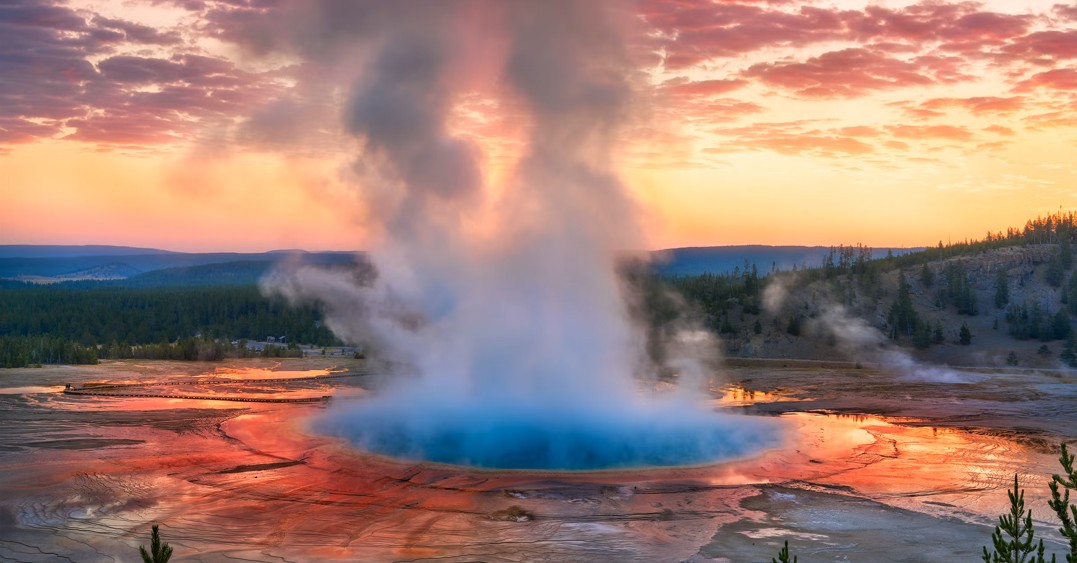
Few names in cinematic history conjure such immediate and vivid imagery as Alfred Hitchcock. The very mention of his name evokes a specific kind of dread, a chilling psychological tension, and a dry, often dark, wit that characterized his unforgettable thrillers. But beyond the iconic profile and the legendary “Master of Suspense” moniker, who was the man who kept audiences on the edge of their seats for decades? Let’s take a journey through the life of Alfred Hitchcock.
From London Roots to British Auteur
Born in Leytonstone, London, in 1899, Alfred Joseph Hitchcock’s early life offered few hints of the cinematic genius he would become. A strict Jesuit upbringing left an indelible mark, often cited as a source for the themes of guilt, punishment, and the innocent man accused that would permeate his later works. He initially pursued a career in engineering, but his love for film led him to the industry as a title card designer for a London film studio in the early 1920s.
His meticulous nature and keen eye quickly saw him rise through the ranks, eventually taking on directing roles. His first significant thriller, “The Lodger: A Story of the London Fog” (1927), already showcased his nascent talent for building suspense and exploring themes of mistaken identity. Throughout the 1930s, Hitchcock honed his craft in Britain, delivering critical and commercial successes like “The 39 Steps” (1935) and “The Lady Vanishes” (1938). These films established his distinctive style, characterized by ordinary people caught in extraordinary circumstances, elaborate plot mechanics, and a growing mastery of visual storytelling.
Hollywood Beckons: The Birth of a Legend
The success of his British films caught the attention of Hollywood, most notably producer David O. Selznick. In 1939, Hitchcock moved to America, a transition that would cement his legendary status. His first American film, “Rebecca” (1940), an adaptation of Daphne du Maurier’s gothic novel, was a resounding success, winning the Academy Award for Best Picture and proving he could captivate American audiences.
The Hollywood era saw Hitchcock fully embrace and refine the “Master of Suspense” persona. He directed a string of iconic thrillers that pushed the boundaries of psychological tension and cinematic innovation:
- “Shadow of a Doubt” (1943): A chilling tale of a charming serial killer.
- “Spellbound” (1945): Pioneering use of dream sequences (designed by Salvador Dalí) to explore Freudian psychology.
- “Notorious” (1946): A tense spy thriller with searing romantic undertones.
- “Strangers on a Train” (1951): An unsettling narrative of a “criss-cross” murder pact.
- “Rear Window” (1954): A masterclass in voyeurism and contained suspense.
- “Vertigo” (1958): A haunting exploration of obsession and identity, often cited as his masterpiece.
- “North by Northwest” (1959): The quintessential “innocent man on the run” saga.
- “Psycho” (1960): A groundbreaking, shocking horror film that redefined the genre.
- “The Birds” (1963): A terrifying vision of nature turning against humanity.
The Hitchcock Touch: Hallmarks of Genius
What made a Hitchcock film unmistakably his own? Several elements became his signature:
- The MacGuffin: A plot device (an object, document, or piece of information) that drives the story forward but is ultimately unimportant to the audience, serving primarily to motivate the characters.
- The Innocent Man Accused: A recurring theme where an ordinary person is thrust into extraordinary danger, often wrongly accused of a crime.
- Voyeurism: A frequent motif, exploring the act of watching and being watched, often putting the audience in a voyeuristic position.
- Icy Blondes: His preference for elegant, sophisticated, and often emotionally remote blonde actresses (Grace Kelly, Kim Novak, Tippi Hedren) became a trademark.
- Meticulous Planning: Hitchcock famously storyboarded every shot, often saying the film was “finished” in his head before shooting even began.
- Dark Humor and Cameos: He would often inject moments of dark, cynical humor into his terrifying narratives. His brief, often blink-and-you’ll-miss-it, cameo appearances in nearly all his films became a beloved tradition.
- Psychological Suspense: He was less interested in jump scares and more in the slow, agonizing build-up of tension, making the audience complicit in the characters’ dread.
The Man Behind the Brand
Hitchcock was not just a director; he was a brand. His portly silhouette, deadpan delivery, and sardonic wit became famous through his popular television series, “Alfred Hitchcock Presents” (1955-1965). This public persona was carefully cultivated, allowing him to connect with audiences even outside the cinema. He was a master of self-promotion, understanding the power of mystique and a distinctive identity.
Alfred Hitchcock passed away in 1980, but his influence is immeasurable. He revolutionized the thriller genre, explored the darkest corners of human psychology, and demonstrated the true power of visual storytelling. Filmmakers from Steven Spielberg to Quentin Tarantino cite him as a major inspiration. His films continue to be studied, debated, and admired, proving that the fear he so masterfully crafted remains as potent and fascinating as ever.
So, the next time you settle in for a suspenseful film, take a moment to appreciate the genius of the man who literally wrote the book on how to make your heart pound – Alfred Hitchcock, the undisputed Master of Suspense.







